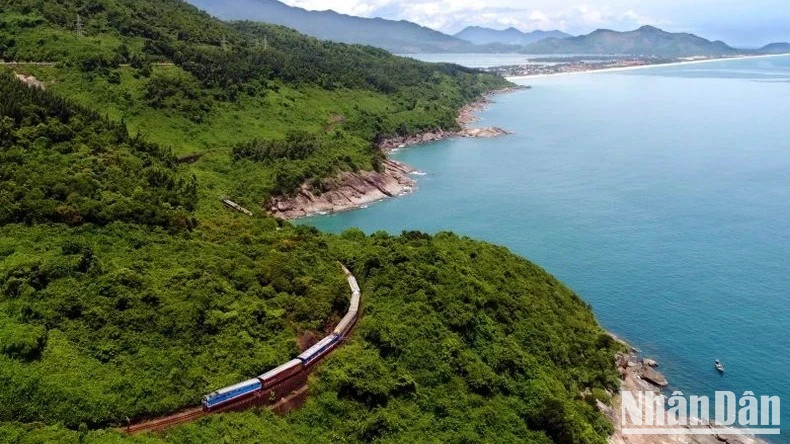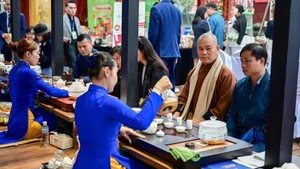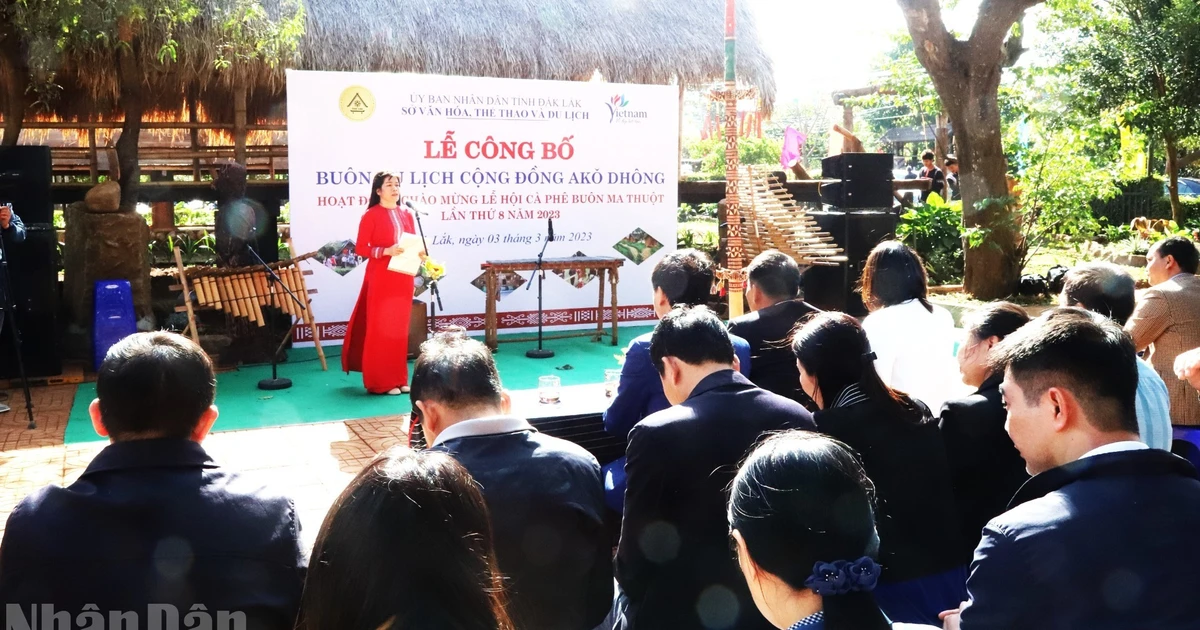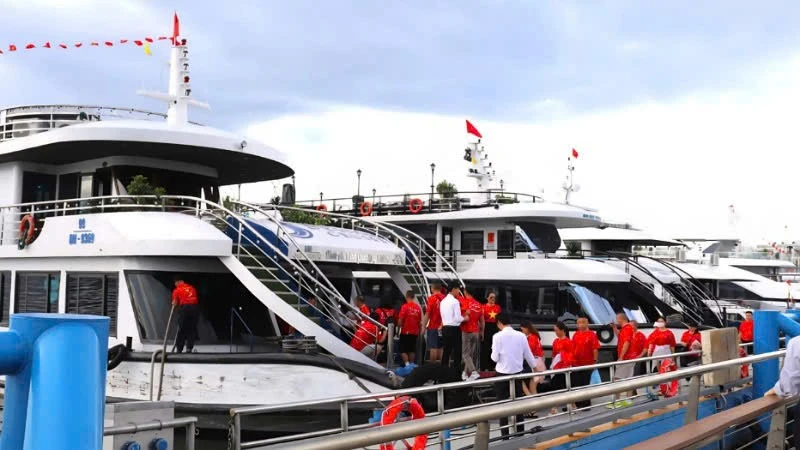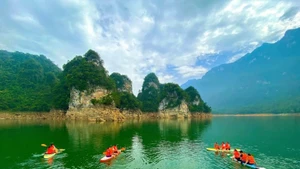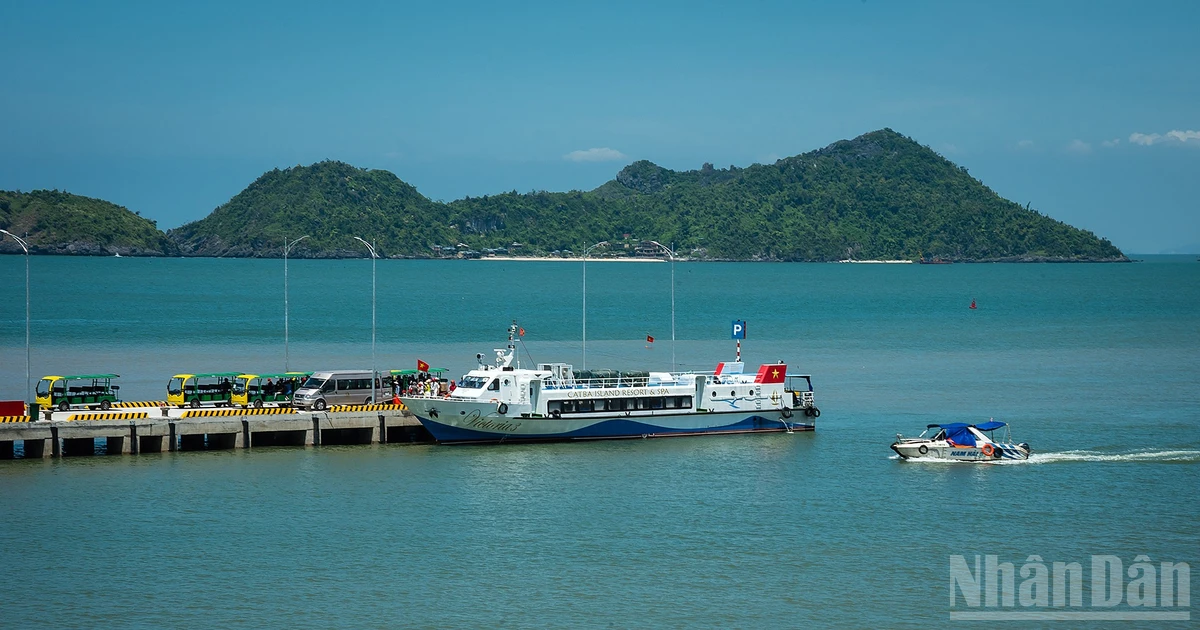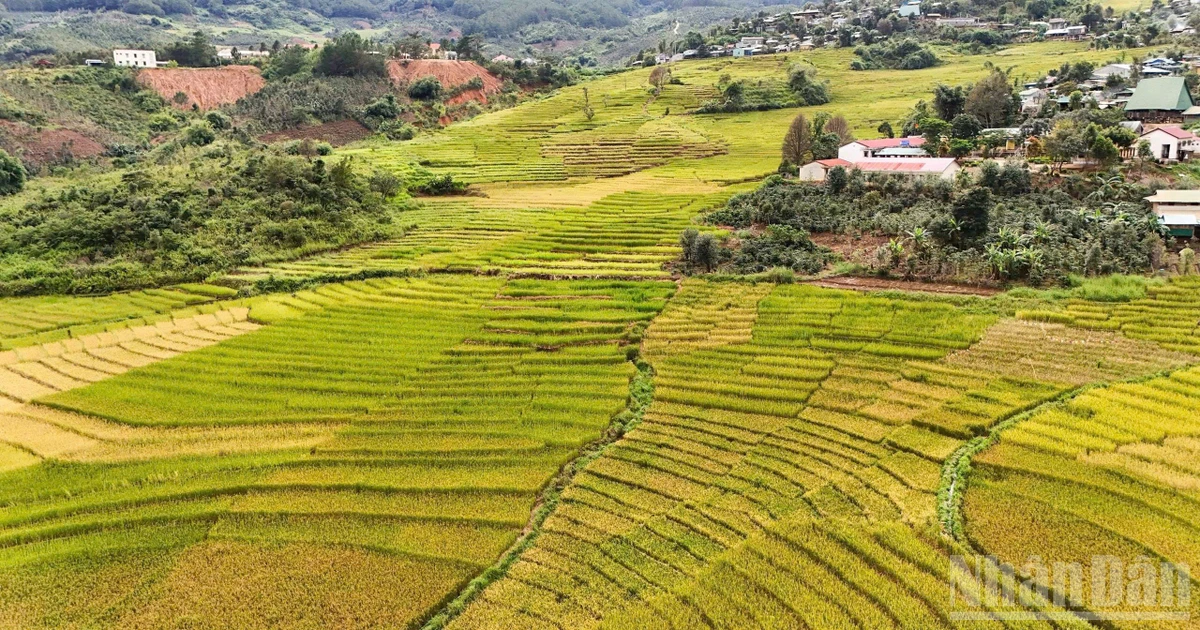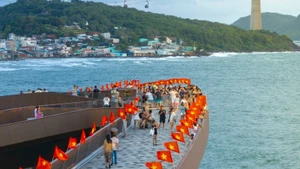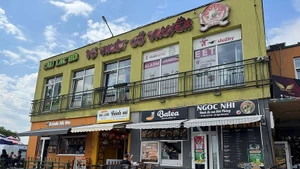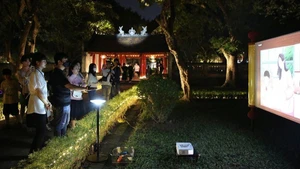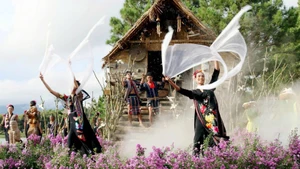Embracing the journey, not just the destination
Unlike the rush of air or road travel, trains offer a slower rhythm that transforms the journey into an essential part of the travel experience. From the train window, passengers can admire ever-changing landscapes—rice paddies, mountains, rivers—each scene unfolding in real time.
Nguyen Nhu Tan, who recently travelled from Ha Noi to Ho Chi Minh City by train, chose the railway over air travel. “I wanted to enjoy the journey in a leisurely way. Watching the scenery and resting in a sleeper cabin was truly relaxing,” he shared. The 30-hour trip left a deep impression, particularly the scenic stretch over the Hai Van Pass and along the central coast.
Similarly, a group of friends from Ha Noi opted for the train on a weekend getaway to Hai Phong. “It’s fast, convenient, avoids traffic and is cheaper than renting a car. Plus, we got to check in at Hai Phong Station—a famous photo spot,” said Phuong Thao. For them, the ride itself became a highlight.
Trains also offer open spaces for passengers to move about, relax, interact, or take photos—features that cramped buses and planes often lack.
A green and sustainable travel choice
Travel experts say that train travel is becoming a popular trend in the smokeless industry, especially as experience and sustainability factors are increasingly of interest to tourists. In contrast to other modes of transport, trains allow passengers to connect more closely with the natural and cultural landscapes they traverse.
Bui Thanh Tu, Marketing Director of BestPrice Travel, pointed out that train tourism is well-established in countries like Switzerland and Denmark. In Viet Nam, with its elongated terrain and picturesque rail routes such as the Hai Van Pass, central coastal lines, and the mountainous north, the potential for rail-based tourism is considerable.
“A train ride gives travellers the chance to truly live in the moment. Every window tells a story, rich with colour and emotion,” said Tu. However, he also emphasised the need for better infrastructure and service quality.
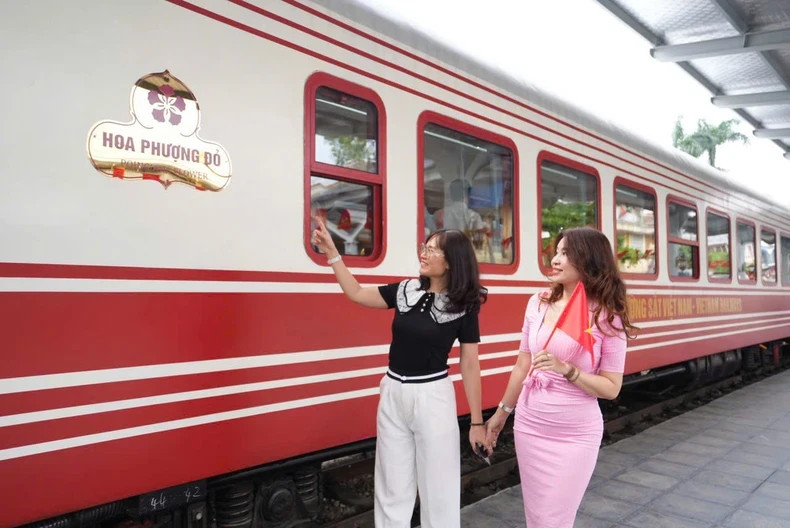 |
| The newly launched “Hoa Phuong Do” high-quality train service. (Photo: nhandan.vn) |
Recent upgrades on routes such as Ha Noi – Hai Phong and Ho Chi Minh City – Da Nang have shown encouraging results, creating a model that should be expanded. With proper investment, rail tourism can enrich Viet Nam’s tourism offering and promote the country's beauty in a unique and subtle way.
Nguyen Cong Hoan, General Director of Flamingo Redtours, noted that in the current context of rising airfare, trains are becoming an attractive, budget-friendly choice for a broader segment of travellers. For families with children, overnight train journeys can be both time-saving and memorable.
“On trains, space allows for group games, bonding activities and more relaxed movement—making them ideal for group tours,” Hoan observed. Some tours are now cleverly designed to make use of night train schedules, allowing travellers to sleep during transit and begin their day fresh at the destination—saving both time and hotel costs.
Long-term vision needed for sustainable development
To truly position rail tourism as a viable and long-term option, experts say a coordinated strategy is essential. This includes modernising train cars and stations, integrating digital tools for ticketing, information and interpretation, and developing themed products, such as sightseeing trains, culinary trains or heritage trains, tailored to the unique cultural and natural assets of each region.
Close cooperation between the railway sector, tourism operators and local governments will be key to building a comprehensive ecosystem for rail tourism, where every trip is not just a commute but a curated, meaningful experience.
With the right level of investment and thoughtful development, train travel can become a core component of Viet Nam’s tourism identity, contributing to environmental sustainability, regional connectivity, and the creation of unforgettable journeys for every traveller.
